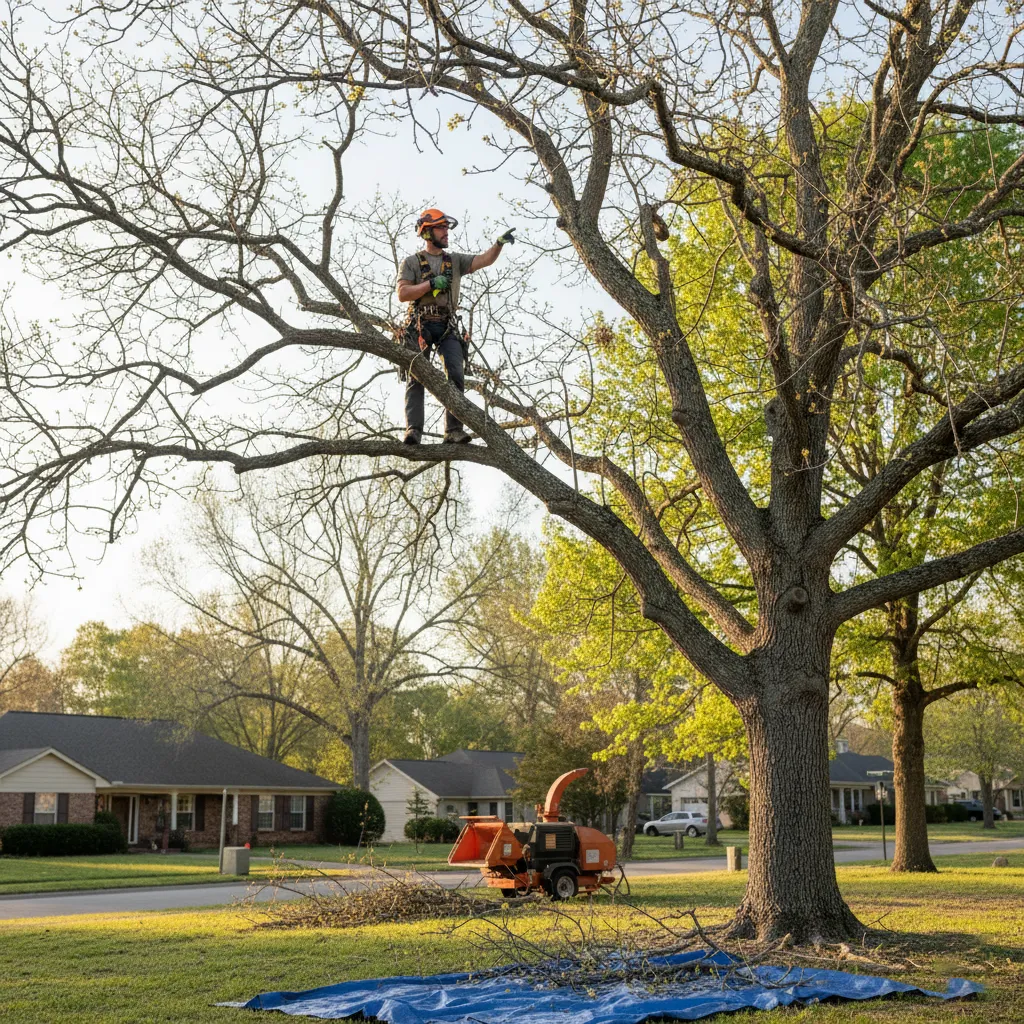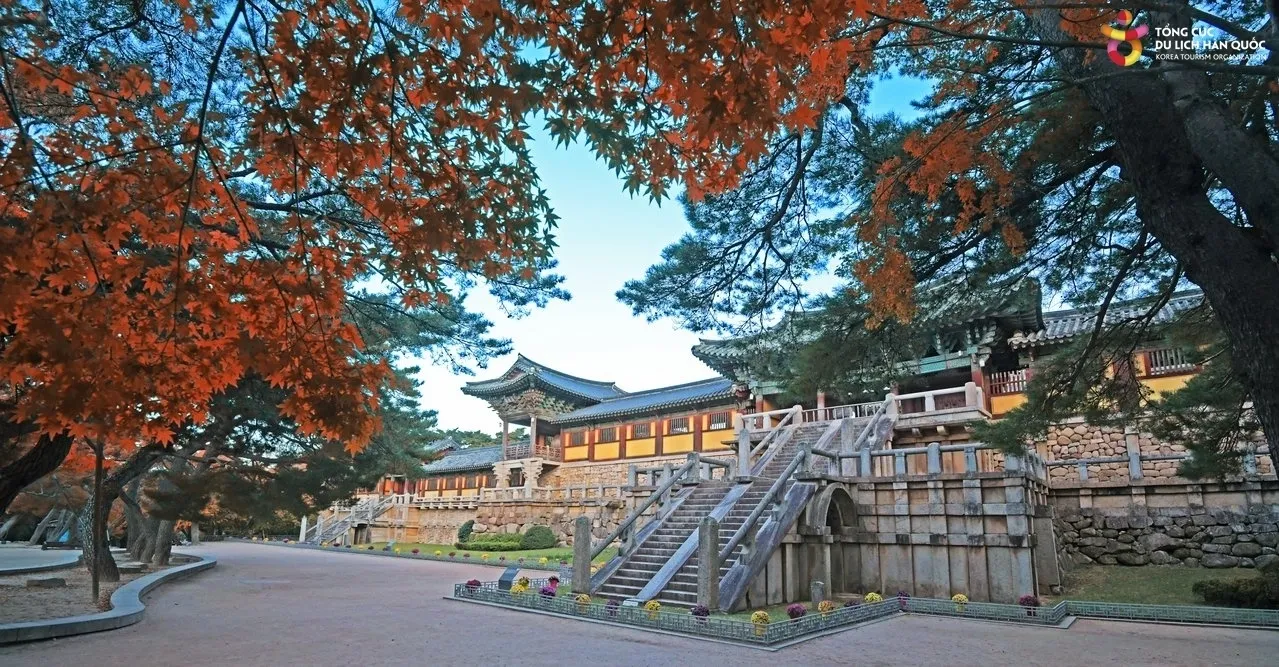Best Time of Year for Tree Trimming: Expert Tips for Healthy Trees
Tree trimming is one of the most important aspects of tree care, directly influencing the health, safety, and beauty of your landscape. While many homeowners know trimming is necessary, few realize that the best time of year for tree trimming can dramatically affect results. Cutting branches at the wrong time may stress your trees, reduce their growth, or even make them vulnerable to pests and disease.
In this guide, we’ll explore when to trim trees, the science behind timing, seasonal pros and cons, and expert advice to ensure your trees thrive year after year.

Why Timing Matters in Tree Trimming
Trees are living organisms, and the time of year when you trim can either support their health or put them at risk.
Growth Cycles and Energy Storage
- Trees follow seasonal cycles of growth, dormancy, and regeneration.
- Cutting during active growth may remove energy the tree needs.
- Dormant seasons, like late winter, often provide the least stress for trees.
Risk of Pests and Disease
Improper timing can open fresh cuts to insects or pathogens. Understanding when to trim trees reduces these risks.
Trimming in Late Winter: The Gold Standard
Most experts recommend late winter tree trimming, typically between February and early March, depending on your climate.
Benefits of Late Winter Trimming
- Trees are dormant, minimizing stress.
- Cuts heal quickly as spring growth begins.
- Fewer insects and fungi are active in cold weather.
Best for Most Trees
Deciduous species like oak, maple, and birch benefit most from winter trimming.
Spring Trimming: Pros and Cons
Spring is a tempting time to trim since homeowners often focus on yard work during this season.
Advantages of Spring Trimming
- Easier to spot damaged branches after winter storms.
- Encourages shape correction early in the growing season.
Drawbacks of Spring Trimming
- Trees use stored energy for new leaves and growth. Cutting now can reduce energy reserves.
- Some species, like maple and birch, may “bleed” sap excessively when trimmed in spring.
Summer Trimming: When It Works Best
Summer tree trimming is often used for corrective or maintenance pruning rather than full shaping.
Benefits of Summer Pruning
- Helps control rapid growth of certain trees.
- Allows you to spot weak or diseased branches more easily.
- Good for reducing shade if you want more light in specific areas.
Caution with Summer Cuts
Trimming too much in summer can expose trees to heat stress, especially during drought. Use sparingly and focus on minor adjustments.
Fall Tree Trimming: Why Experts Advise Against It
Fall may feel like the right time for yard cleanup, but trimming trees in autumn is generally discouraged.
Risks of Fall Trimming
- Trees are preparing for dormancy, making them more vulnerable.
- Fresh cuts heal slowly in cooler weather, leaving openings for disease.
- Fungal spores are more active in fall, raising infection risks.
Exceptions
If branches are dead, broken, or pose a safety hazard, emergency trimming in fall is acceptable.
Understanding Tree Types and Their Needs
The ideal trimming season can vary based on the type of tree in your yard.
Deciduous Trees
- Best trimmed in late winter before new buds form.
- Examples: Oak, maple, ash, birch.
Evergreen Trees
- Light pruning can be done in late spring or summer.
- Heavy cuts should be avoided, as evergreens don’t recover as quickly.
Flowering Trees
- Trim right after blooming to avoid cutting off next year’s flower buds.
- Examples: Dogwood, magnolia, cherry blossom.
Signs It’s Time to Trim Regardless of Season
While timing matters, there are situations when trimming can’t wait.
Safety Concerns
- Branches too close to power lines.
- Limbs hanging over roofs or walkways.
Health Concerns
- Dead, diseased, or pest-infested branches.
- Cracks or splits in large limbs.
Growth Issues
- Trees growing too close together.
- Branches crossing or rubbing against each other.
Expert Tips for Safe and Effective Trimming
Proper technique is as important as timing.
H3: Follow the 3-Cut Method
- Make an undercut to prevent bark tearing.
- Cut further out to remove the branch.
- Finish with a clean cut near the collar.
H3: Avoid Over-Pruning
- Never remove more than 25% of a tree’s branches in one season.
- Over-pruning weakens the tree’s structure and growth.
H3: Use the Right Tools
- Hand pruners for small branches.
- Loppers for medium branches.
- Pole saws or chainsaws for larger jobs.
DIY Tree Trimming vs Hiring a Professional
Deciding who trims your trees depends on size, risk, and experience.
Pros of DIY Trimming
- Lower cost.
- Convenient scheduling.
- Good for small trees and shrubs.
Pros of Professional Services
- Expertise in tree biology.
- Safety equipment and insurance.
- Ideal for large, old, or risky trees.
When to Call a Pro
- If trimming requires climbing.
- When trees are near power lines.
- For extensive shaping or disease management.
Long-Term Benefits of Proper Timing
By trimming trees at the right time, you ensure their long-term health and beauty.
Benefits Include:
- Stronger growth structure.
- Reduced risk of falling branches.
- Healthier, longer-living trees.
- Improved property value and aesthetics.
Conclusion
Knowing the best time of year for tree trimming is crucial for maintaining healthy, safe, and beautiful trees. While late winter is generally the optimal time, summer pruning can help manage growth, and spring can be useful for shaping. Fall is the least favorable season, except in emergencies.
By following expert tips, recognizing the unique needs of your trees, and deciding whether to trim yourself or hire a professional, you’ll set your landscape up for long-term success. Regular, well-timed tree trimming is not just about appearance-it’s an investment in safety, health, and the future of your green spaces.











